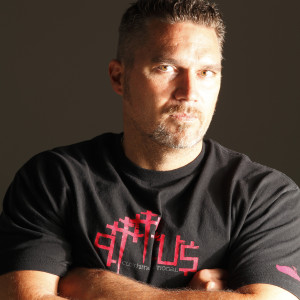Have you logged onto the Internet lately? If not, you’ll notice that the Web people have posted a bunch of articles since you last looked in. Some of the stuff is even worthwhile. But there’s a lot of dross, too, and what I like to do is sift through it and share the good stuff with friends and coworkers (some coworkers are also friends – you know who you are). That’s the purpose of this column, incidentally. I read stuff, find things that are both informative and interesting to working professionals, and offer it for your consumption. Yes, the definition of what is worthwhile reading is mine, but there’s a good chance you’ll agree. We’ll see, anyway.
For the week of Monday November 11, 2013:
Reverse mentoring – the young mentoring the older – Wall Street Journal
This piece is from 2011, but I come back to it regularly. For an old-schooler like me, it’s beneficial to have young people around – except maybe when I want to illustrate a point by bringing up something that happened on “The Brady Bunch”; they’re terrible with Greg Brady background knowledge, which is sad. But they keep me current and help prevent me from slipping into lameness. Some smart companies actually assign reverse mentors to their “older” employees.
Rules for successful meetings – Wall Street Journal
Former Secretary of Defense Donald Rumsfeld, who headed two Fortune 500 companies in addition to his government service, has gone to a lot of meetings. This article shares some crisp rules on making meetings productive and efficient. You may find his first point about meetings to be refreshing: “The first consideration for meetings is whether to call one at all.”
Self-help in the 1930s – The Economist
Dale Carnegie published “How to Win Friends and Influence People” in 1936, and it sold like crazy. Like Leggett & Platt, Carnegie was born in Missouri in the 1880s, and eventually became known as the father of the self-help movement. His strategy to getting ahead was simple: show charm, confidence, and flash a nice smile. Actually, that doesn’t sound simple at all. Here’s a review of a new book out about Carnegie.
About Paul M. Johnson
I’m Senior Copywriter at Leggett & Platt, so I write a bunch of B2B copy, mainly about wire and wire-related products. Pretty sexy, I agree. A long time ago, I wrote magazine articles about pro athletes such as Derek Jeter and Allen Iverson, and surprisingly that’s more interesting to most people. What are my credentials for writing this blog? Eh, I like reading. And learning stuff. To fill in some details you’re not asking for, as an older person I prefer reading “offline” – as in, actual hard-copy newspapers and magazines. I read at the gym in between weightlifting sets. I read on the treadmill. I read while I’m waiting in line. I “read” audio versions of articles while I drive, but before I was able to do that, I used to read while I drove, but usually only on traffic-free, curve-less interstate highways. That was ill-advised, so I don’t do it anymore. My two main sources are The Economist and The Wall Street Journal, and if I can predict a criticism of this blog, it’ll be that I rely on those two too much. I plead guilty.

